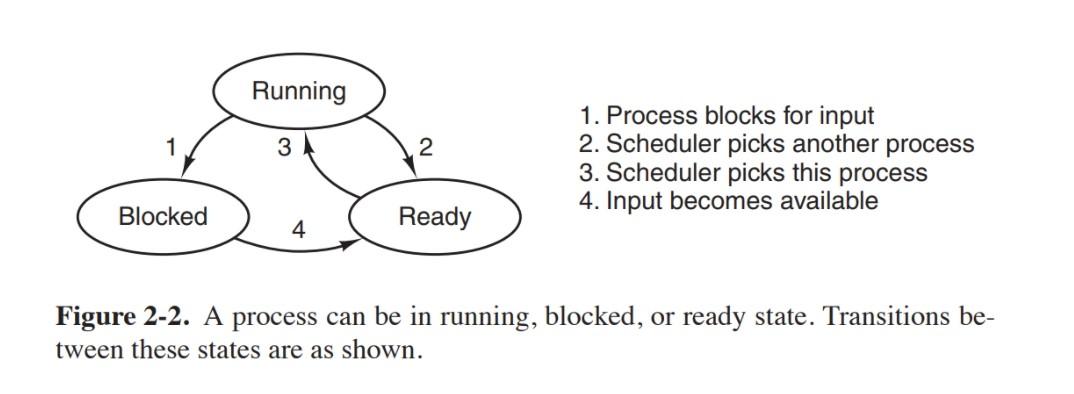Answered step by step
Verified Expert Solution
Question
1 Approved Answer
In this module we have explored chapters 2, 6, 10.3 & 11.4 of the Tanenbaum and Bos text along with scheduling and deadlocking simulations. To
In this module we have explored chapters 2, 6, 10.3 & 11.4 of the Tanenbaum and Bos text along with scheduling and deadlocking simulations. To complete the work for this module I would like you to answer the following questions that deal with processor management:
- Identify the three main states that a process can be in.
- Describe the meaning of each state briefly. (25%)
- Redraw Fig 2-2 adding two new states: New and Terminated.
- When a process is created, it is initially in the New state. When it exits, it is in the Terminated state. (25%)
- In this module you experienced a little about how simulation can be applied in analyzing scheduling and deadlock problems.
- Do you think if this is the only available analysis tool? Be sure to explain why or why not.
- If not, list an alternative analysis method, and explain two advantages and two disadvantages of simulation versus this method. (50%)

Step by Step Solution
There are 3 Steps involved in it
Step: 1

Get Instant Access to Expert-Tailored Solutions
See step-by-step solutions with expert insights and AI powered tools for academic success
Step: 2

Step: 3

Ace Your Homework with AI
Get the answers you need in no time with our AI-driven, step-by-step assistance
Get Started


